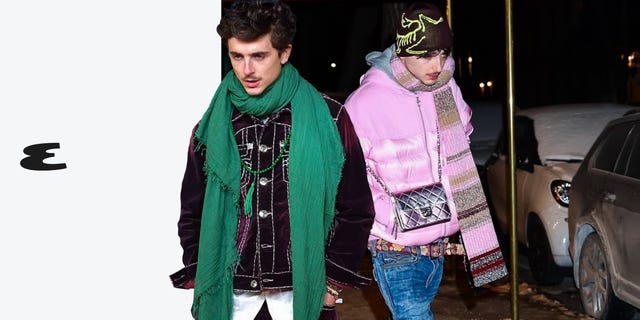Timothée Chalamet's True Religion Obsession: A Love Story That's Breaking the Internet

Let's be honest: Most of us are guilty of holding onto clothes far longer than we should. We cling to that worn-out t-shirt from college, those jeans that haven't fit in years, or that jacket with frayed sleeves—all while convincing ourselves we might need them "someday."
But here's the truth: It's time to break up with your outdated wardrobe. Keeping clothes that no longer serve you isn't just a space issue—it's a personal style and confidence killer. Imagine opening your closet and seeing only pieces that make you feel amazing, instead of being weighed down by years of fashion memories.
Letting go isn't just about creating physical space; it's about making room for a refreshed, more authentic version of yourself. Those clothes that no longer spark joy? They're not just taking up hangers—they're holding you back from embracing your current style and personality.
So take a deep breath, pull everything out, and be brutally honest with yourself. Does it fit? Does it make you feel confident? If the answer is no, it's time to say goodbye. Your future wardrobe—and your sense of self—will thank you.

